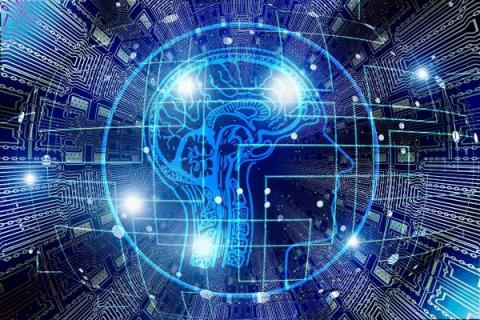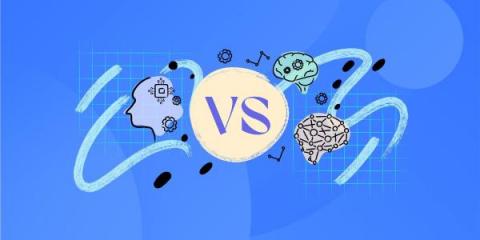Sponsored Post
Data Value Gap - Data Observability and Data Fabric - Missing Piece of AI/AIOps
A pivotal inhibitor to mitigate these challenges is the Data Value Gap. Data automation and Data Fabric are emerging as key technologies to overcome these challenges. Learn from industry experts about these key technologies and how they create a lasting impact in enterprise IT.











